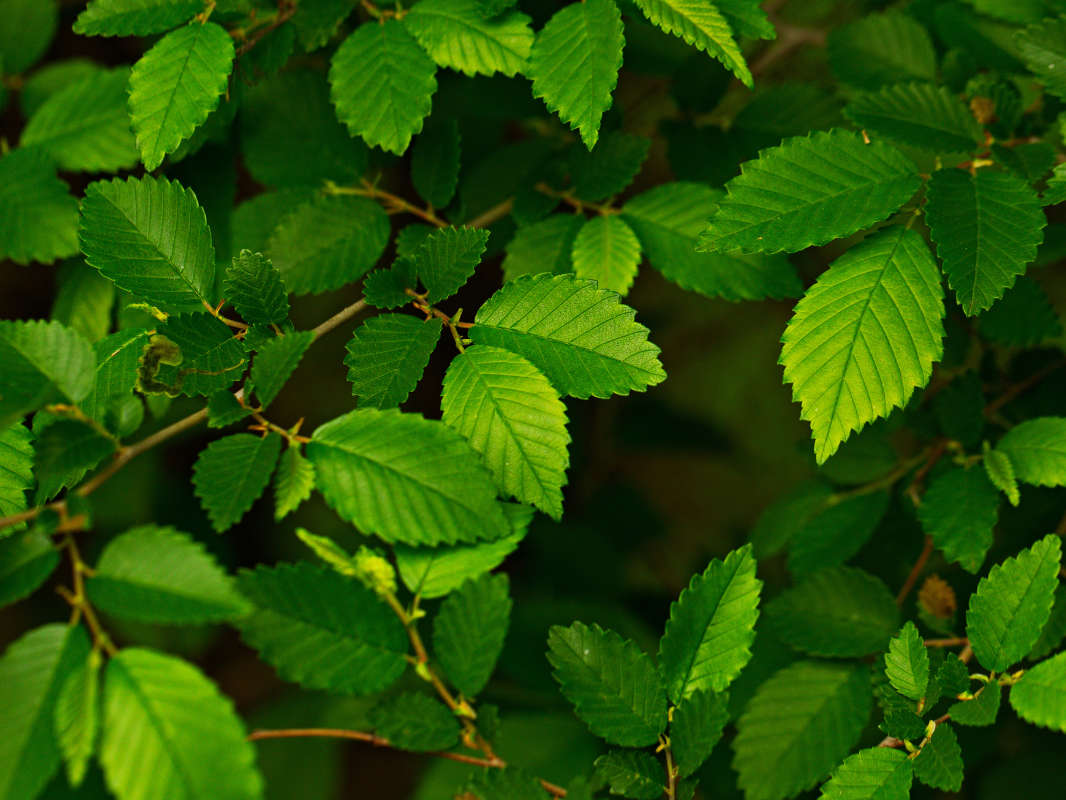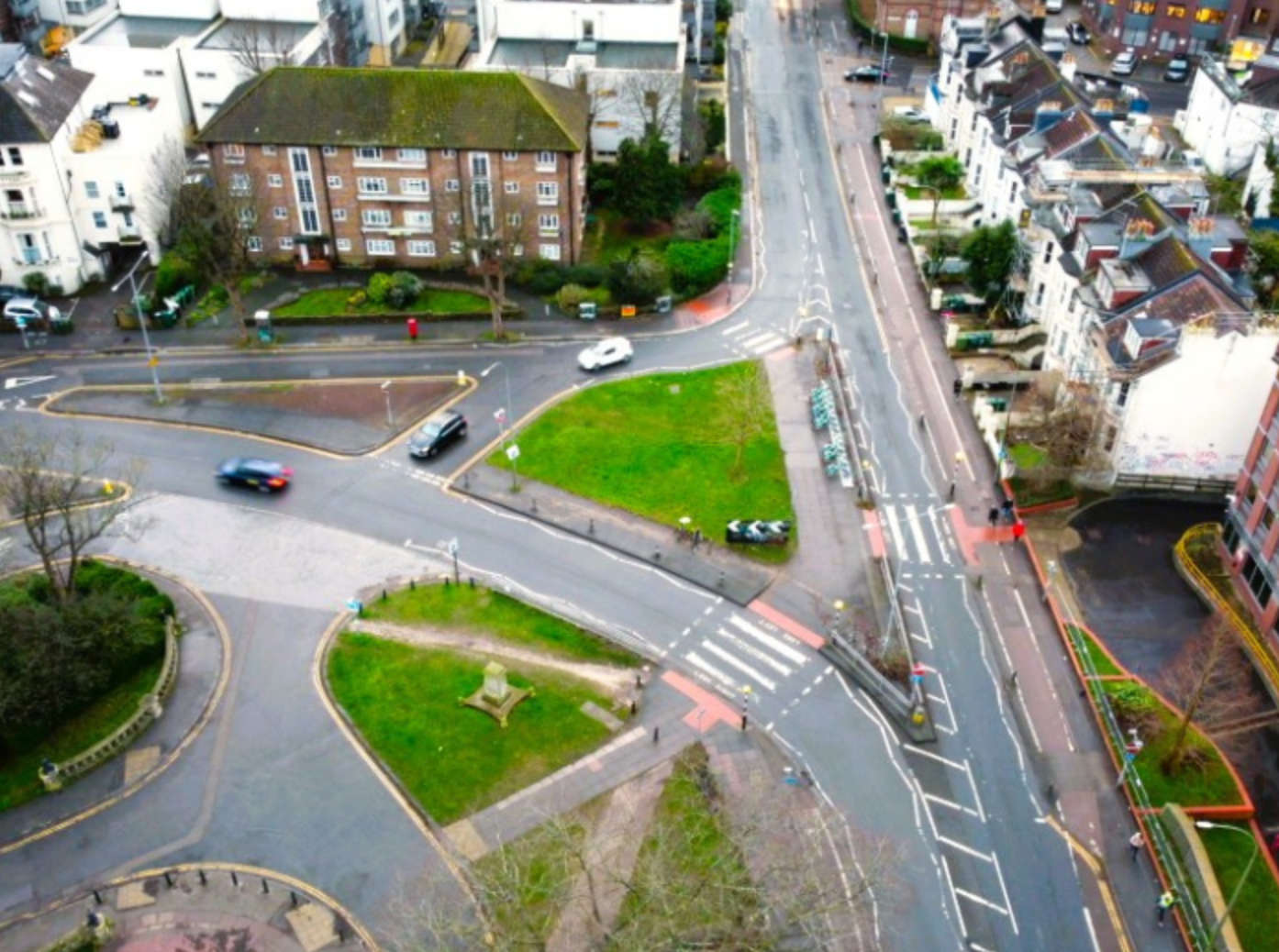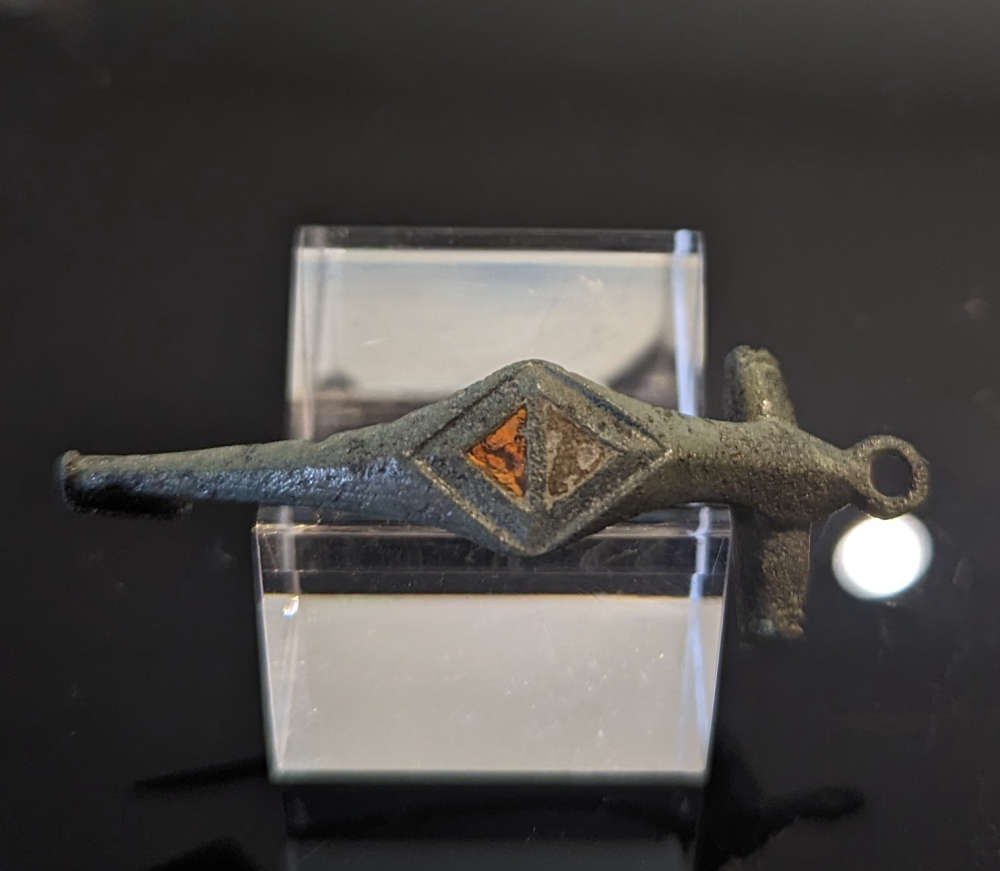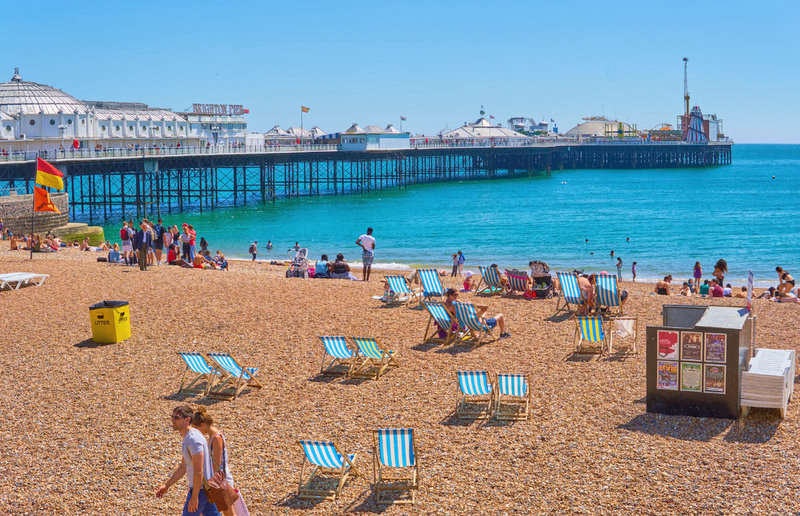
One of the oldest elm trees in the world has become infected with elm disease, which killed its twin two years ago.
Brighton & Hove City Council has started emergency procedures to try to stop the disease spreading throughout the tree.
This involves 'girdling' where arboriculture experts remove the bark from the limb that's been infected.
There is no guarantee that the girdling process will save the tree at this stage as the infection could spread during the next two growing seasons.
The warm weather has also facilitated the spread of the disease, which is perfect for the beetles that carry the disease to thrive.
Councillor Amy Heley, chair of the council’s environment, transport and sustainability committee, said:
“This is extremely sad news as the Preston Park twins are not only historic, but are a very important part of the city’s cultural heritage.
“They have been much loved for centuries and are as treasured now by residents as they were hundreds of years ago.”
Councillor Heley, who is also a Preston Park ward councillor, added:
“Our arboriculturists are all experts in their field and I know they will do everything in their power to save the remaining twin, but sadly we cannot guarantee its survival.”
The tree's "twin" was felled in December 2019 when the disease spread to its roots. Work was then carried out to try to prevent the remaining twin from succumbing to the same fate.
Tests have shown that the roots of the tree are currently disease-free, however, the limbs are suspected to have become infected by the beetles.
It's believed the elms were planted around 400 years ago, with elm trees being the dominant tree throughout the city, with an estimated 17,000.
The council's arboriculture team says it battles with the beetles that carry what was formerly known as Dutch elm disease, but, thanks to a council-led control campaign it's so far been manageable.
They say one of the most likely causes of the disease is beetles being brought in on logs from other arts of Sussex that are stored in the area.
In recent years, there has also been a rapid increase in the number of wood-burning stoves being sold in the area, increasing the risk of contaminated wood coming into the city.
Ways you can help:
- Don't buy any logs for winter fuel if the supplier cannot guarantee that the wood isn't elm and not bring any elm timber into the city for use as garden ornaments, seating, etc.
- The council's arboriculture team offers a free inspection of firewood and other timber - if the wood is elm, they will dispose of it and give you a similar quantity free of charge.
- Report any tree that has leaves turning from green to yellow or brown or having a scorched look during the spring, and any dead trees.
- If you have an elm tree in your garden that may be dead or dying, they are happy to come out and inspect it free of charge.
Anyone wanting to use the service can contact the team by emailing [email protected].


 Brighton: A23 Improvement Work To Begin In June
Brighton: A23 Improvement Work To Begin In June
 New Ancient Trade Exhibition To Open At The Beachy Head Story
New Ancient Trade Exhibition To Open At The Beachy Head Story
 Sussex Beaches Win Big In Annual Awards
Sussex Beaches Win Big In Annual Awards
 Police Still Searching For Two Men Over Hastings Fatal Hit-And-Run
Police Still Searching For Two Men Over Hastings Fatal Hit-And-Run
 Pulborough Rapist Has Jail Sentence Extended After Appeal
Pulborough Rapist Has Jail Sentence Extended After Appeal
 Planners Approve Battery Storage Facility In Hooe
Planners Approve Battery Storage Facility In Hooe
 Children’s Charity Launches Campaign To Provide Wellbeing Service at Brighton Hospital.
Children’s Charity Launches Campaign To Provide Wellbeing Service at Brighton Hospital.
 Sussex Air Ambulance Charity Raises £1m To Buy Its Helicopter
Sussex Air Ambulance Charity Raises £1m To Buy Its Helicopter
 New Southern Timetable To Add 5,000 South Coast Seats From Next Month
New Southern Timetable To Add 5,000 South Coast Seats From Next Month
 New Mayor A Leader For ‘Unity And Progress In Brighton & Hove’
New Mayor A Leader For ‘Unity And Progress In Brighton & Hove’